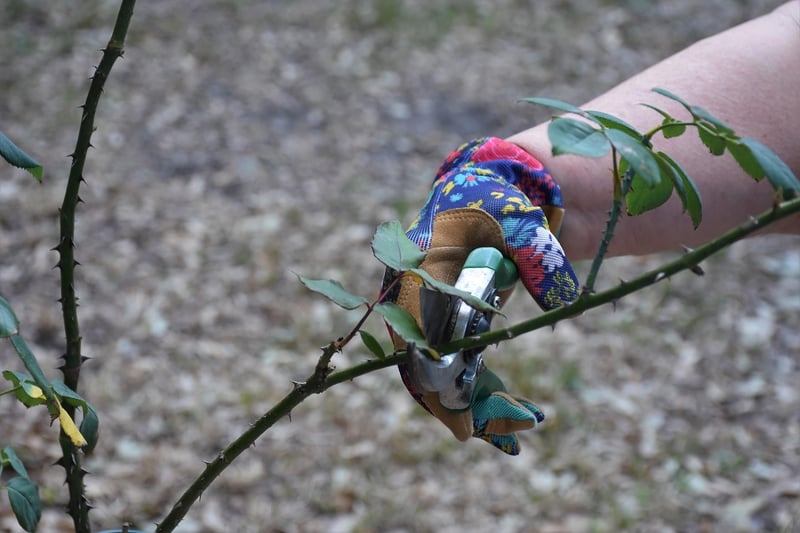Pruning and Trimming
Caring for Your Vertical Garden: Pruning and Trimming Tips
Vertical gardens are a beautiful way to bring nature into your indoor or outdoor space. Whether you have a living wall, a trellis system, or a vertical planter, proper care is essential to ensure your plants thrive. Part of this care includes pruning and trimming your vertical garden to maintain its health and appearance. Here are some tips to help you keep your vertical garden in top shape:
1. Understand Your Plants' Needs
Before you start pruning or trimming, it's crucial to understand the specific needs of the plants in your vertical garden. Some plants may require frequent trimming to encourage growth and flowering, while others may need minimal maintenance. Research the ideal pruning and trimming techniques for each type of plant in your vertical garden.
2. Regular Inspections
Make it a habit to regularly inspect your vertical garden for any signs of overgrowth, pest infestations, or disease. Early detection can help you address issues before they escalate and prevent the spread to other plants in your garden.
3. Pruning Techniques
When pruning your vertical garden, use clean and sharp tools to make precise cuts. Remove any dead, damaged, or diseased plant parts to promote new growth and prevent the spread of diseases. Avoid cutting too close to the main stem and prune at an angle to encourage healing.
4. Trimming Tips
Trimming is essential for maintaining the shape and size of your plants in a vertical garden. Regularly trim back overgrown branches or foliage to promote air circulation and prevent overcrowding. Trim with caution to avoid damaging healthy parts of the plant.
5. Timing Is Key
It's important to prune and trim your vertical garden at the right time to minimize stress on the plants. Avoid pruning during extreme weather conditions or when the plants are flowering heavily. Opt for early morning or late afternoon when the weather is milder.
6. Proper Disposal
After pruning and trimming, dispose of the plant debris properly to prevent the spread of pests and diseases. Compost healthy plant material and discard any diseased parts in sealed bags to avoid contamination.
By following these pruning and trimming tips, you can ensure that your vertical garden remains healthy and vibrant throughout the year. Regular maintenance and care will not only enhance the visual appeal of your vertical garden but also promote the overall well-being of your plants.

Remember, each plant species may have specific pruning and trimming requirements, so always research the best practices for your particular plants. With proper care and attention, your vertical garden will continue to thrive and bring joy to your space.
Happy gardening!
